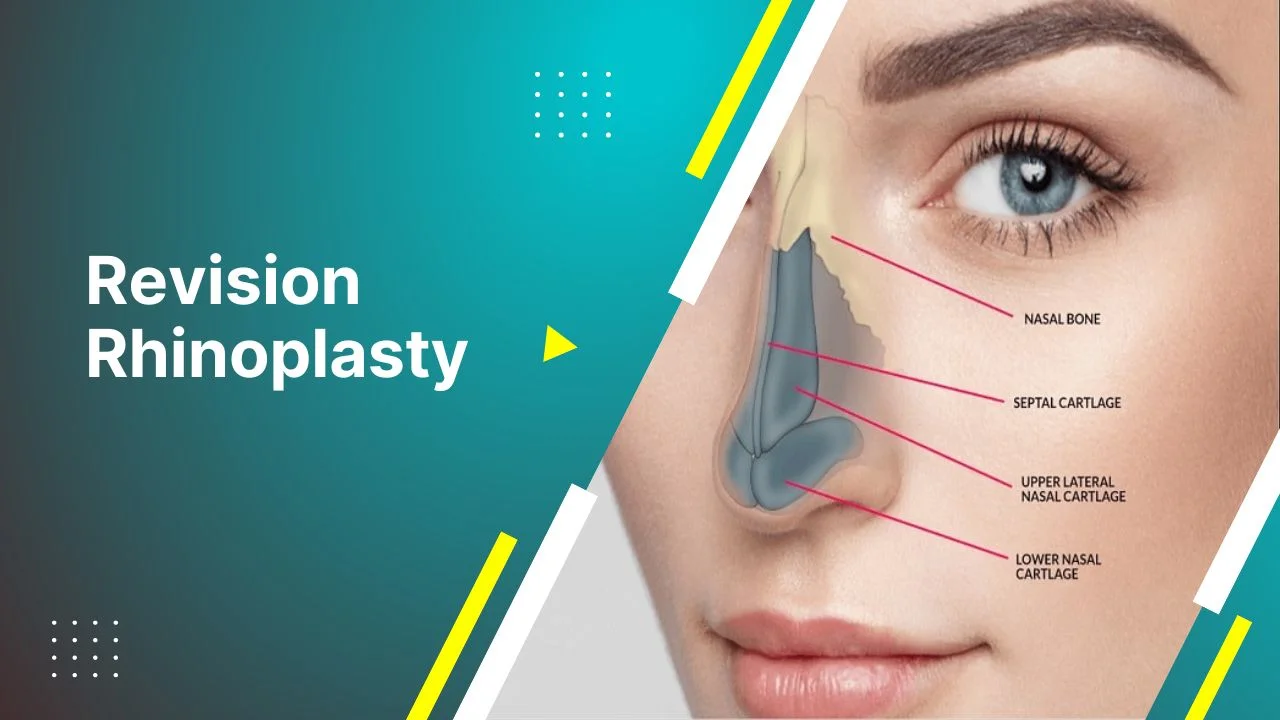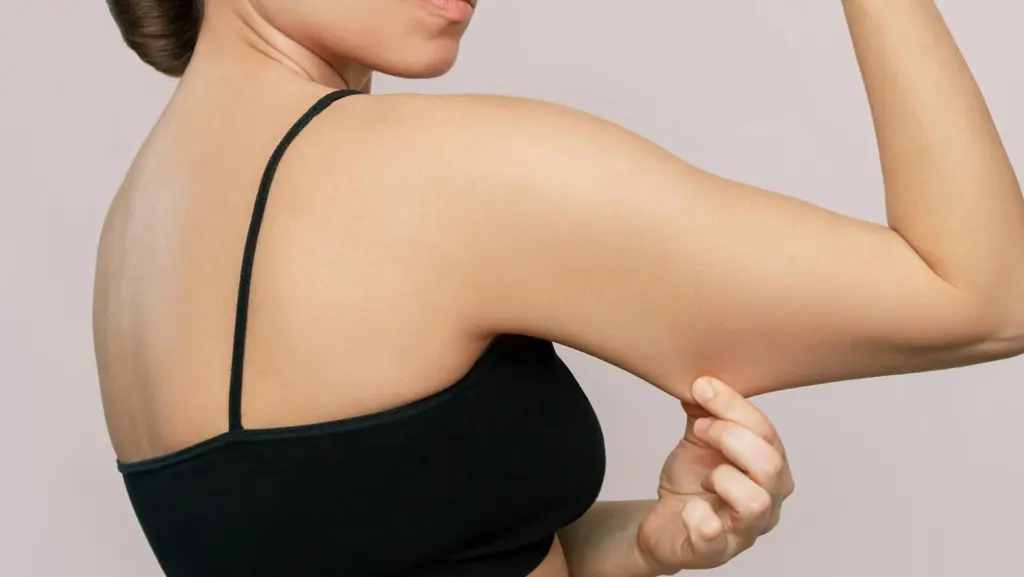Mesotherapy, an innovative technique developed by French doctor Michel Pistor in 1952, has evolved from its original purpose of pain relief to a widely embraced method for skin rejuvenation, fat removal, and body contouring. The procedure involves injecting a combination of vitamins, enzymes, hormones, and plant extracts into the mesoderm, the middle layer of the skin.
What is Mesotherapy?
Mesotherapy is a cosmetic medical procedure that involves a series of injections of vitamins, enzymes, hormones, and plant extracts into the skin’s mesoderm (middle layer). Originally developed in 1952 by French doctor Michel Pistor for pain relief, mesotherapy has evolved to address various cosmetic concerns.
Common Uses of Mesotherapy:
- Fat Removal: Mesotherapy is employed to reduce fat in areas such as the stomach, thighs, buttocks, hips, legs, arms, and face.
- Cellulite Reduction: It is used to minimize the appearance of cellulite.
- Wrinkle and Line Fading: Mesotherapy aims to fade wrinkles and lines, providing a rejuvenating effect on the skin.
- Skin Tightening: The procedure is utilized to tighten loose skin.
- Body Contouring: Mesotherapy can be part of body contouring treatments.
- Lightening Pigmented Skin: It may help lighten pigmented skin.
- Treatment for Alopecia: Mesotherapy is used in addressing conditions like alopecia, which causes hair loss.
Procedure Overview:
Preparation
Before the procedure, a consultation with the doctor helps set expectations. It may be advised to avoid certain pain relievers like aspirin and nonsteroidal anti-inflammatory drugs (NSAIDs) for a week to minimize the risk of bleeding and bruising during the process.
During the Appointment: Each session involves injections into the mesoderm layer using fine needles. Numbing medicine may be applied, and a mechanical gun may assist in delivering multiple injections in succession. The injections can vary in depth, and the frequency of sessions depends on the desired outcome.
Comparison to Liposuction
Mesotherapy is considered a nonsurgical alternative to liposuction, offering a less invasive method for fat removal. Unlike liposuction, mesotherapy requires no incisions and has a lower cost per session, although multiple sessions may be needed for optimal results.
Recovery
As a noninvasive procedure, mesotherapy typically involves minimal downtime. Most individuals can resume regular activities immediately, although some may experience swelling and pain at the injection sites.
Considerations and Controversies:
Effectiveness: The effectiveness of mesotherapy for fat removal is not well-established, and research on its efficacy is limited. Similar noninvasive treatments like injection lipolysis share uncertainty regarding their effectiveness.
Side Effects and Risks
Reported side effects include;
- nausea,
- pain,
- swelling,
- itching,
- bruising, and
- dark patches of skin.
In conclusion, mesotherapy presents an intriguing option for those seeking non invasive cosmetic procedures. However, the limited research on its efficacy and varying methodologies used raise questions. As with any cosmetic intervention, individuals considering mesotherapy should consult with trained practitioners and carefully weigh the potential benefits against the reported risks.






